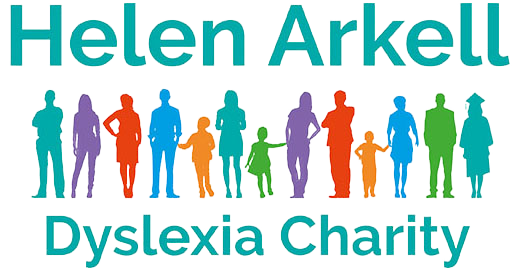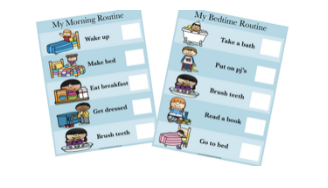Study skills
Multisensory learning is all about using two or more of our senses when taking in and interacting with new information. This helps to create stronger memories. Activities that use a combination of visual, auditory and kinaesthetic styles are thought to be best support learning.
Visual – using our eyes and looking
Auditory – using our ears and listening, also using our mouths and talking
Kinaesthetic (tactile) – using our hands and bodies to do something, make actions
A combination of the following strategies may help your child. Why not experiment with a few and see what works best? Remember to try to combine ideas so that information is being processed through several different senses at once.
Strategies for visual learning (using our eyes and looking):
- Create and use colourful displays
- Use coloured paper and sticky notes
- Use colourful pens
- Use highlighters for identifying key words
- Create bullet points
- Use pictures and illustrations
- Create mind maps, diagrams and flow charts
Strategies for auditory learning (using our ears and listening, also using our mouths and talking):
- Explain information to someone else
- Record their own voice and listen back
- Use mnemonics
- Discuss the learning
- Make up rhymes and raps about their work
- Get your child to recite information
- Listen to audio books or spoken text
Strategies for tactile/kinaesthetic learning (using our hands and bodies to do something, make actions):
- ‘Real life’ activities
- Role play, drama and plays
- Writing out in own words
- Making models
- Using post it notes and physically sequence the new information. Walk between post-it notes
- Play games
Personal organisation
Developing personal organisation skills will help your child develop greater independence. You might like to try some of the following ideas:
- Help your child to get into a routine so that they know what is happening next. Visual timetables are helpful as they can be checked at any time.

- Get organised for the school day the evening before
- Colour code your child’s school books according to subject and match the colour coding to their school timetable.
- Use a folder to store completed homework which needs to be handed in that day.
Video tips on reading, handwriting, spelling, organisation and memory
Julianne Miller, specialist teacher and mum, gives you her Top Tips on supporting your child with reading, handwriting, spelling, organisation and memory. These short films contain practical tips aimed at helping children aged 5 to 11 years.
Five top tips for handwriting
Video
Five top tips for spelling
Video
Five top tips for reading
Video
Five top tips for organisation
Video
Five top tips for memory
Video





